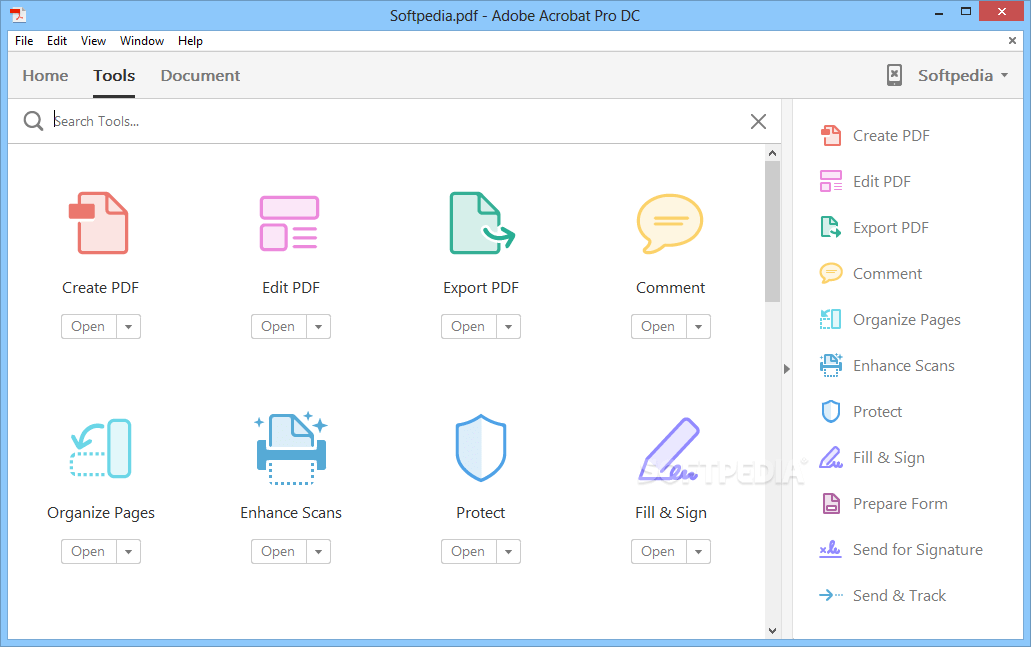
Spatial Manipulation of Particles and Cells at Micro- and Nanoscale via Magnetic Forces. Panina, Anastasiya Gurevich, Anna Beklemisheva, Alexander Omelyanchik, Kateryna Levada, Valeria Rodionova. Analysis of Magneto-Hyperthermia Duration in Nano-sized Drug Delivery System to Solid Tumors Using Intravascular-Triggered Thermosensitive-Liposome.

ACS Applied Materials & Interfaces 2021, 13 Magnetically Guided Nanoworms for Precise Delivery to Enhance In Situ Production of Nitric Oxide to Combat Focal Bacterial Infection In Vivo. Bitao Lu, Enling Hu, Ruiqi Xie, Kun Yu, Fei Lu, Rong Bao, Chenhui Wang, Guangqian Lan, Fangyin Dai.Magnetic Nanostructures: Rational Design and Fabrication Strategies toward Diverse Applications.


To overcome this problem, we have developed a system comprising two oppositely polarized magnets that enables the penetration of magnetic nanocarriers into more deeply seeded tumors. However, because magnetic fields fall off rapidly with distance from the magnet, these methods have been limited to use in superficial tumors. Previous strategies have shown that magnetophoresis enhances accumulation and penetration of nanoparticles into solid tumors. When exploiting the enhanced permeability and retention (EPR) effect for passive targeting of nanocarriers, the increased interstitial fluid pressure and dense extracellular matrix in tumors limits the distribution of the nanocarriers to perivascular regions. Drug delivery to solid tumors is hindered by hydrostatic and physical barriers that limit the penetration of nanocarriers into tumor tissue.


 0 kommentar(er)
0 kommentar(er)
